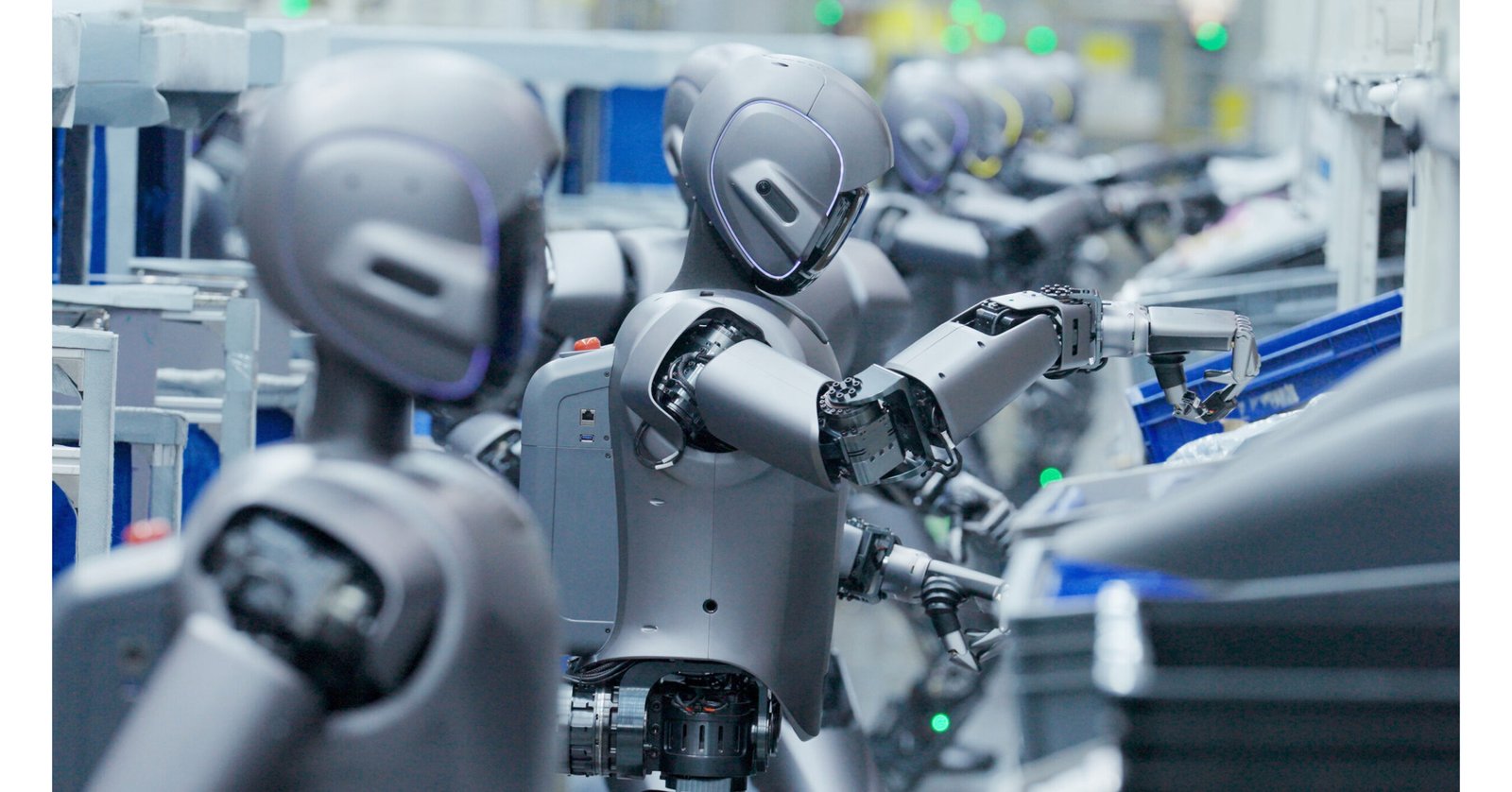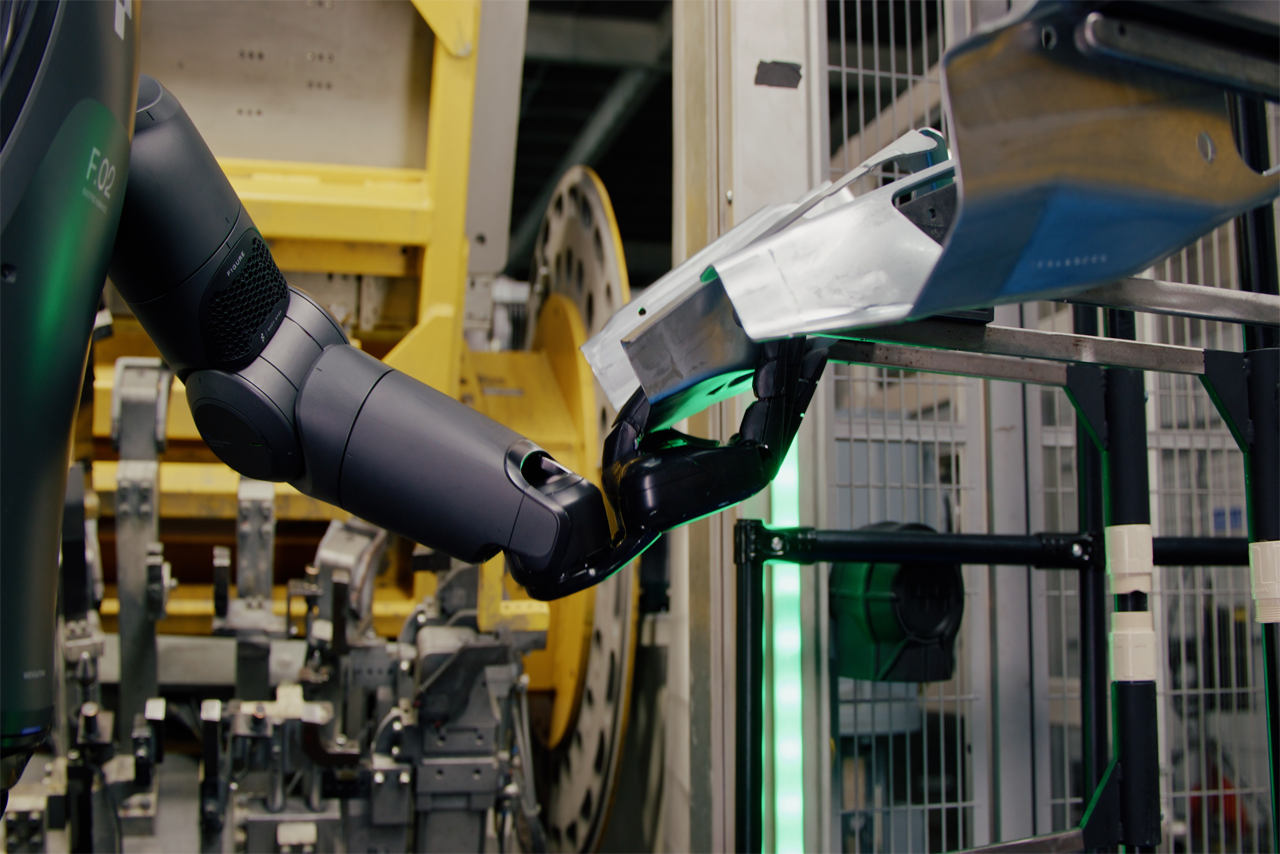China is once again stepping into the global limelight, not by launching rockets or showcasing advancements in telecommunication, but by taking a major leap into the future of robotics. With its eyes set on transforming the workforce, China is investing billions into humanoid robots, aiming to overhaul the way industries function and reshaping the societal landscape.
Why the Move Towards Humanoid Robots?
The rationale behind this substantial investment hinges on several compelling factors:
- Labor Shortage: As China’s population ages, the workforce is dwindling. Humanoid robots can fill in gaps left by retiring workers.
- Increased Efficiency: Robots can operate around the clock without needing breaks, thereby increasing productivity.
- Technological Innovation: This move underscores China’s commitment to leading global technological trends.
The Strategic Role of UBTECH Robotics
In the midst of this robotic revolution is UBTECH Robotics, a trailblazer in the field of humanoid robotics. Headquartered in Shenzhen, UBTECH has become synonymous with cutting-edge innovation and is leading China’s ambitious push into this domain.
About UBTECH Robotics
UBTECH is renowned for its range of humanoid robotics, from educational robots to sophisticated machines capable of complex tasks. Their dedication to innovation is turning science fiction into reality.
- Innovation: UBTECH invests heavily in research and development, constantly pushing the boundaries of what’s possible.
- Partnerships: Collaborations with universities and tech giants bolster their technological capabilities.
- Market Penetration: UBTECH’s robots are not just limited to China; they have a global footprint, appearing in classrooms, hospitals, and businesses worldwide.
Industries Transforming with Humanoid Robots
As humanoid robots move beyond the prototype phase, their deployment across various industries is imminent. The potential for transformation is significant in fields that were once reliant solely on human labor.
Healthcare
In healthcare, humanoid robots can perform a variety of tasks:
- Assisting with Surgeries: Precision and consistency make robots ideal for surgical assistance.
- PATIENT CARE: Hospitals can utilize robots for routine check-ups and patient monitoring, freeing up doctors for more complex cases.
Retail and Customer Service
Retail spaces are experimenting with humanoid robots as customer service representatives, capable of:
- Providing Information: Robots can offer customers details on products or store layouts.
- Handling Transactions: Seamless transactions powered by AI and robotics.
The Economic Implications for China
Investing in humanoid robots is not just about technological prowess but also has immense economic implications for China:
- Job Creation: While robots might replace certain jobs, they also create new roles in engineering, maintenance, and programming.
- Global Competitiveness: By leading the charge, China can set global standards in robotics and AI.
- Industrial Efficiency: Adoption of robots across industries enhances overall efficiency and productivity.
Challenges and Ethical Considerations
However, this robotic renaissance is not without challenges:
- Ethical Concerns: As robots become more integrated into society, questions about morality and ethics arise, especially concerning rights and interactions with humans.
- Job Displacement: Robots replacing humans in certain roles may lead to unemployment, necessitating workforce retraining and education.
The Road Ahead
China’s investment in humanoid robots signifies a future where machines and humans coexist for mutual benefit. The road ahead is long with technological advancements, policy changes, and societal adaptation required to fully realize this vision. Brands like Unitree and UBTECH are enabling China to take charge of their robotics future.
As China steps firmly into this new era, the world watches, not just in wonder, but in anticipation of how these changes will ripple through our global society, influencing economies, cultures, and the very fabric of the modern workforce.
With each robotic step, China positions itself not just as a participant but as a dominant force in the unfolding narrative of human-robot coexistence.






